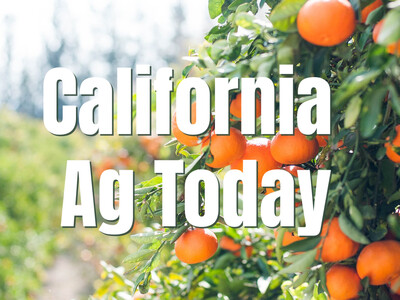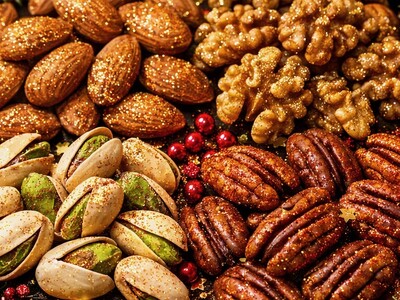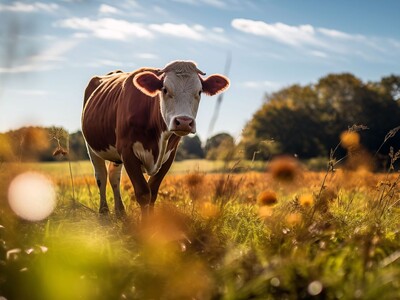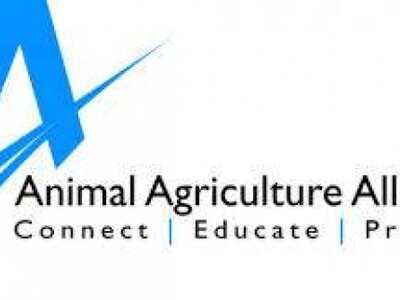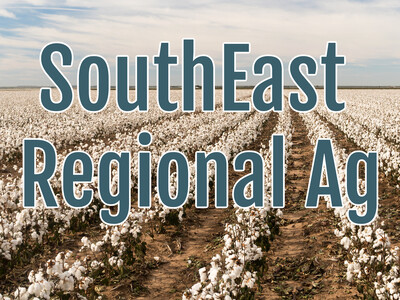Farm Bill Target Prices & Watching NW Gas
Farm Bill Target Prices & Watching NW Gas plus Food Forethought. I’m Greg Martin with today’s Northwest Report.
House Ag Committee Chairman Frank Lucas and Ranking Member Collin Peterson are reportedly determined to pass a farm bill that includes a target price and counter cyclical program for crop farmers along with the revenue approach included in the measure approved by the Senate Ag Committee. Peterson says the other big difference between the House and Senate is the amount of total cuts and how much will come out of the nutrition program. He says they‘re basing their cuts off the Super Committee Bill.
PETERSON: When we get to conference if the Senate doesn’t have revenue, we’re - if it doesn’t have target prices...at the end of the day we’re going to have a combination of target prices and revenue which is what we had in the Super Committee. We’re going to do more food stamp cuts than the House and the Senate. At the end of the day we’re going to end up in the middle. So they’ll have a $23-billion dollar bill cut, ours will be $34-billion dollar cut. We’ll probably end up with 28-billion...29-billion.
Ever since the 17th of February, the largest oil refinery in the northwest has been shutdown due to a fire. The Cherry Point refinery is back up and running at full capacity. Now the question is...will that cause gasoline prices to go down? The refinery processes about 230,000 barrels of crude oil each day. The national average gas price per gallon is $3.63 whereas in the northwest it’s not uncommon to find prices of $4.20 to $4.40.
Now with today’s Food Forethought, here’s Lacy Gray.
How do you grow a vegetable crop and a protein crop with just one system? You utilize aquaponics, in which you grow fish and plants together in one integrated, soilless system. The growing popularity of locally grown food has created a growing interest in aquaponics. A wide range of fish are raised in aquaponic systems, largemouth bass, catfish, bluegill, koi and tilapia are just a few, and you can grow just about any kind of plant in aquaponic greenhouses as well. The system works by taking waste water from fish tanks, running it through a bacteria tank then into tanks with floating plants. The plants pull the nutrients out of the water, which is then returned to the fish tanks. Interest in aquaponic food production systems is global, as people see it as a sustainable way to grow fresh food for local markets. The produce can be sold to area schools, restaurants, groceries, and local consumers. The premise of aquaponics is nothing new, ancient cultures have utilized their own versions of aquaponic systems down through the centuries. Aquaponics has a proven success record in the past, now the present, and without a doubt will carry that success on into the future.
Thanks Lacy. That’s today’s Northwest Report. I’m Greg Martin on the Ag Information Network.






